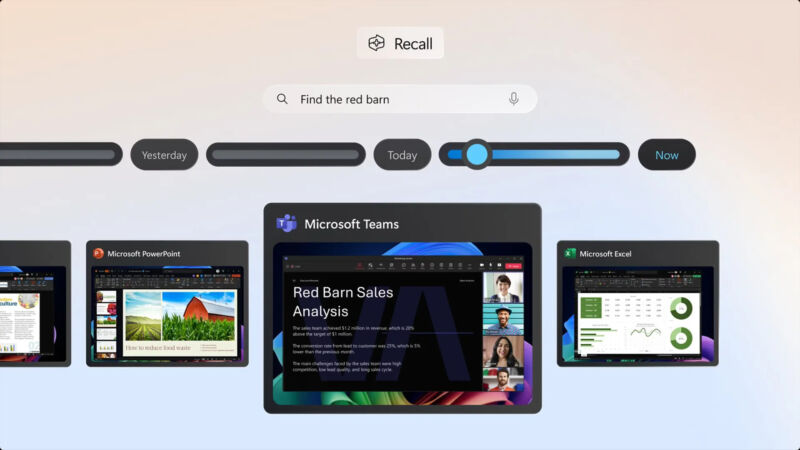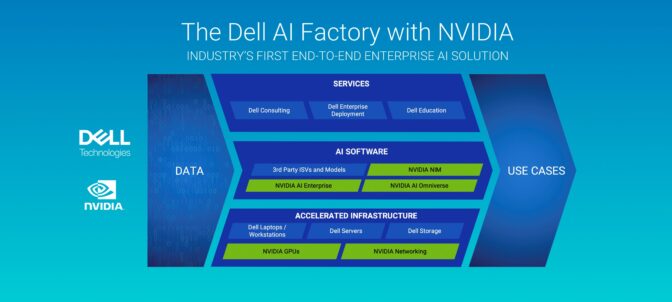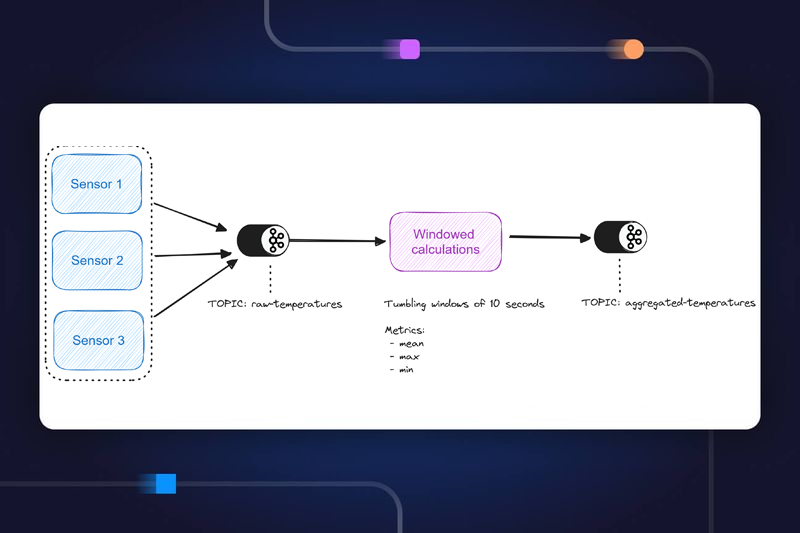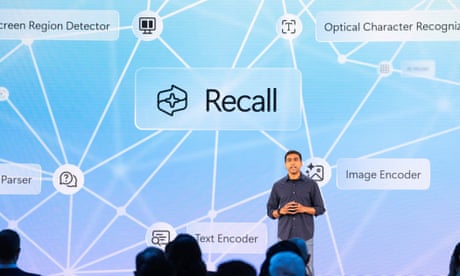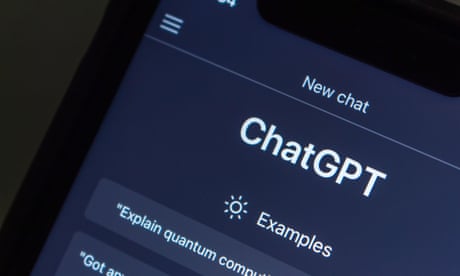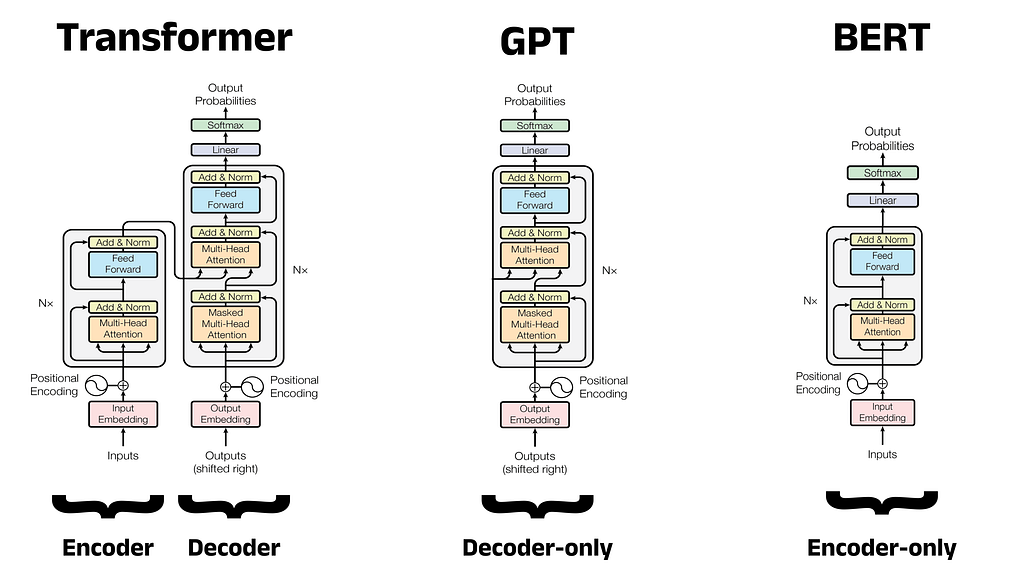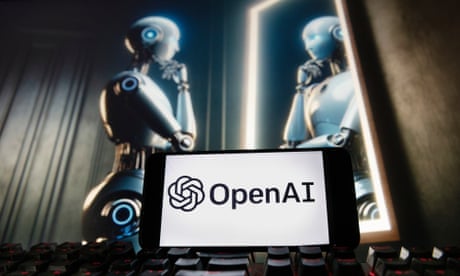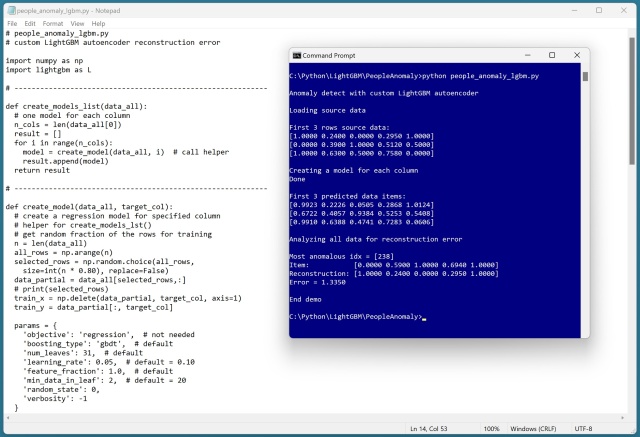Microsoft unveils Recall feature for Copilot+ PCs on Windows 11, allowing users to search and retrieve past activities. Privacy concerns arise as Recall records all user activities, including app usage and live meeting communications.
Experts, including AI 'godfathers', warn of inadequate AI regulation progress by governments. Tech companies moving towards autonomous systems could greatly amplify AI's impact.
AI manufacturing intelligence revolutionizes industries globally, Dell and NVIDIA announce AI Factory updates for efficient AI deployment at scale. Dell CEO Michael Dell emphasizes the transformative power of AI technology, simplifying and accelerating AI journeys for all businesses.
Summary: Learn how to simplify stream processing with Python and tumbling windows using Quix Streams. Explore the evolution of Python stream processing options like Faust and Bytewax, and discover the components of a stream processing pipeline.
AI-generated misinformation, potentially from overseas, could include deepfakes of Anthony Albanese and Peter Dutton. Current laws may not prohibit these manipulations, posing risks to democracy.
Microsoft unveils enhanced Copilot AI assistant, aiming to be users' virtual photographic memory, offering generative AI technology for various tasks. Copilot competes with big tech rivals in composing documents, creating images, and acting as a lifelike personal assistant.
UK employers offer 14% more for AI skills. PwC study shows AI boosts productivity and wages in key sectors, hinting at economic growth.
AI-generated 'slop' is the new term for carelessly automated web content, shedding light on its damaging impact. Tech experts aim to address the affliction of 'slop' cluttering web browsers with AI-generated material.
Google introduces AI Overviews, an AI-powered search feature simplifying online searches. This innovation aims to keep users and advertisers on Google.com.
UK government researchers found that all tested AI chatbot systems are 'highly vulnerable' to harmful responses. Guardrails can be easily bypassed, raising concerns about potential illegal, toxic, or explicit outputs.
BERT, developed by Google AI Language, is a groundbreaking Large Language Model for Natural Language Processing. Its architecture and focus on Natural Language Understanding have reshaped the NLP landscape, inspiring models like RoBERTa and DistilBERT.
Key safety researcher Jan Leike quits OpenAI after disagreement over priorities, highlighting safety concerns over 'shiny products'. Leike's departure precedes global AI summit in Seoul focusing on technology oversight.
OpenAI and Meta advance AI technology, with OpenAI's CEO comparing latest system to futuristic movie AI. Biggest AI changes are still on the horizon.
Social media avatars deliver biased news about Taiwan's president, Tsai Ing-wen, using creative metaphors in Mandarin. Experts predict widespread avatar use as technology advances.
LightGBM enables autoencoder for anomaly detection by creating separate models for each column. Python interface simplifies the process, but tuning over 100 parameters can be challenging.

